Title: Understanding Specifications and Purchase Price of Non-Metallic Minerals Introduction: Non-metallic minerals play a pivotal role in various industries, including construction, ceramics, glass, and even technology. Understanding the specifications and purchase price of these minerals is crucial for businesses that rely on them as raw materials. In this article, we will explore the significant aspects of non-metallic minerals, delve into their specifications, and discuss how purchase price factors into the decision-making process. Specifications of Non-Metallic Minerals: Before purchasing non-metallic minerals, it is imperative to understand their specifications. These specifications typically include properties such as chemical composition, physical characteristics, grade, size distribution, and moisture content. For instance, when sourcing sand for construction, specifications may focus on purity, grain size, and silica content. Similarly, in the ceramics industry, specifications for clay may include plasticity, color, and firing temperature. Moreover, specifications also extend to factors like bulk density, hardness, thermal conductivity, and electrical resistivity.
minerals
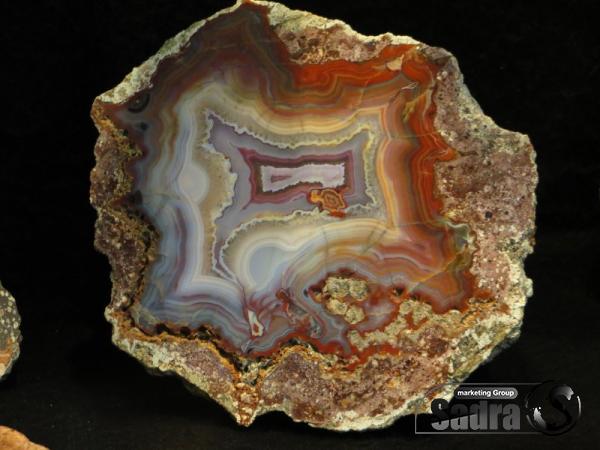 These specifications help businesses determine the suitability of a particular non-metallic mineral for their intended application, ensuring optimum quality and performance in the end product. Purchase Price Considerations: The purchase price of non-metallic minerals is a vital consideration for businesses. Several factors influence the pricing, including availability, extraction and processing costs, demand and supply dynamics, and market competition. Understanding these factors and their impact on pricing is essential for making informed procurement decisions. 1. Availability: The availability of non-metallic minerals can vary depending on geographical location and mining operations. Rare minerals or those limited to specific regions may command higher prices due to restricted supply. 2. Extraction and Processing Costs: The cost of mining, extraction, transportation, and processing significantly impacts the purchase price. Factors like labor costs, energy requirements, equipment expenses, and environmental regulations can contribute to the overall cost.
These specifications help businesses determine the suitability of a particular non-metallic mineral for their intended application, ensuring optimum quality and performance in the end product. Purchase Price Considerations: The purchase price of non-metallic minerals is a vital consideration for businesses. Several factors influence the pricing, including availability, extraction and processing costs, demand and supply dynamics, and market competition. Understanding these factors and their impact on pricing is essential for making informed procurement decisions. 1. Availability: The availability of non-metallic minerals can vary depending on geographical location and mining operations. Rare minerals or those limited to specific regions may command higher prices due to restricted supply. 2. Extraction and Processing Costs: The cost of mining, extraction, transportation, and processing significantly impacts the purchase price. Factors like labor costs, energy requirements, equipment expenses, and environmental regulations can contribute to the overall cost.
Specifications of minerals
 3. Demand and Supply Dynamics: The demand for non-metallic minerals in various industries affects their purchase price. If demand exceeds supply, prices may increase due to scarcity. On the other hand, when supply surpasses demand, prices may decrease as suppliers compete for buyers. 4. Market Competition: The presence of multiple suppliers and market competition can influence purchase prices. Suppliers strive to offer competitive pricing to attract customers, but quality considerations should also be factored into the decision-making process. The Importance of Quality and Value: While purchase price is an essential consideration, it should not be the sole determining factor. It is crucial to strike a balance between price and quality to ensure that the non-metallic minerals meet the required specifications and performance standards. Investing in high-quality minerals may result in better end products, reduced production issues, and increased customer satisfaction.
3. Demand and Supply Dynamics: The demand for non-metallic minerals in various industries affects their purchase price. If demand exceeds supply, prices may increase due to scarcity. On the other hand, when supply surpasses demand, prices may decrease as suppliers compete for buyers. 4. Market Competition: The presence of multiple suppliers and market competition can influence purchase prices. Suppliers strive to offer competitive pricing to attract customers, but quality considerations should also be factored into the decision-making process. The Importance of Quality and Value: While purchase price is an essential consideration, it should not be the sole determining factor. It is crucial to strike a balance between price and quality to ensure that the non-metallic minerals meet the required specifications and performance standards. Investing in high-quality minerals may result in better end products, reduced production issues, and increased customer satisfaction.
buy minerals
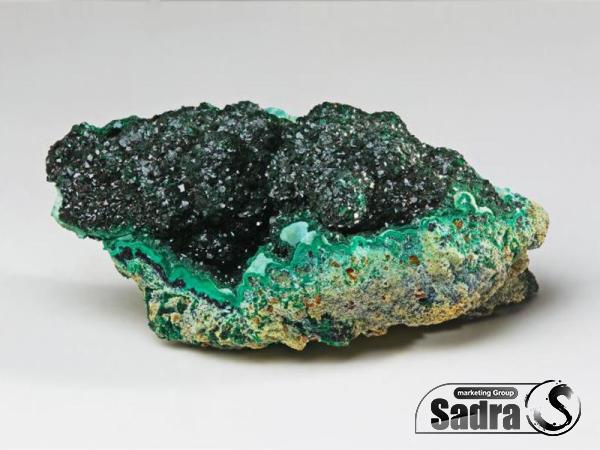 Additionally, considering the overall value proposition is vital. Factors such as supplier reliability, consistency in product quality, technical support, delivery reliability, and after-sales service contribute to the overall value derived from the purchase, surpassing the simple monetary aspect. Conclusion: Understanding the specifications and purchase price of non-metallic minerals is pivotal for businesses that rely on these raw materials. Careful consideration of the specifications ensures that the minerals align with the desired properties and performance requirements. Simultaneously, evaluating the purchase price, availability, extraction costs, supply-demand dynamics, and market competition aids in making informed procurement decisions. Ultimately, the focus should be on striking a balance between price and quality, ensuring that the chosen non-metallic minerals meet specifications, deliver value, and contribute to the success of the end product and the overall business.
Additionally, considering the overall value proposition is vital. Factors such as supplier reliability, consistency in product quality, technical support, delivery reliability, and after-sales service contribute to the overall value derived from the purchase, surpassing the simple monetary aspect. Conclusion: Understanding the specifications and purchase price of non-metallic minerals is pivotal for businesses that rely on these raw materials. Careful consideration of the specifications ensures that the minerals align with the desired properties and performance requirements. Simultaneously, evaluating the purchase price, availability, extraction costs, supply-demand dynamics, and market competition aids in making informed procurement decisions. Ultimately, the focus should be on striking a balance between price and quality, ensuring that the chosen non-metallic minerals meet specifications, deliver value, and contribute to the success of the end product and the overall business.
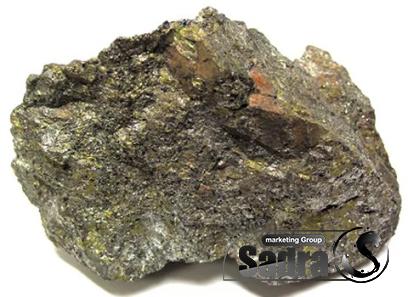
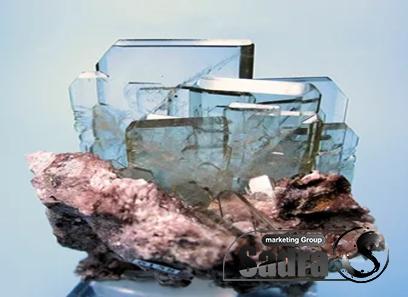
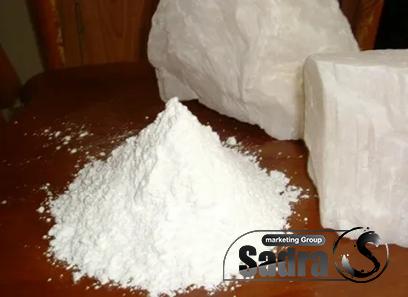
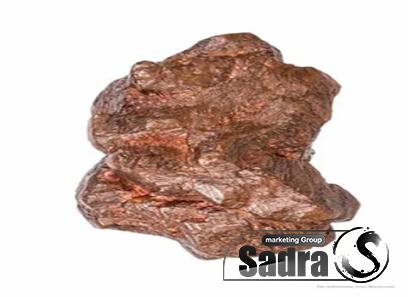
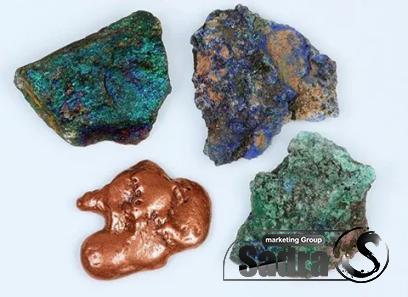

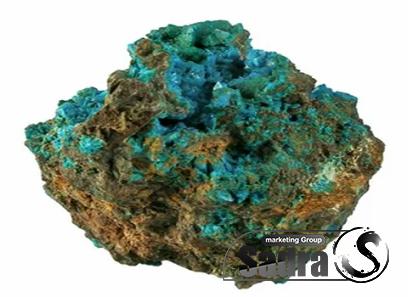
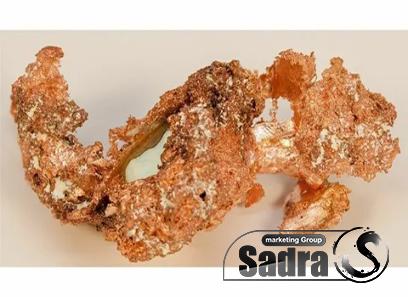
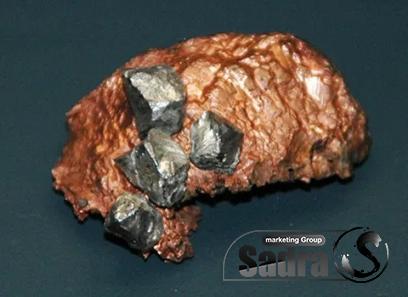
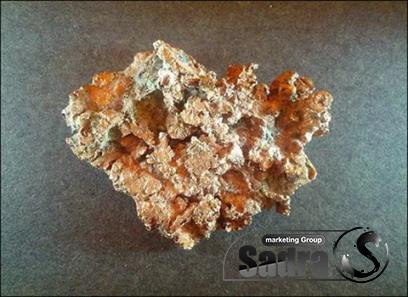
Your comment submitted.